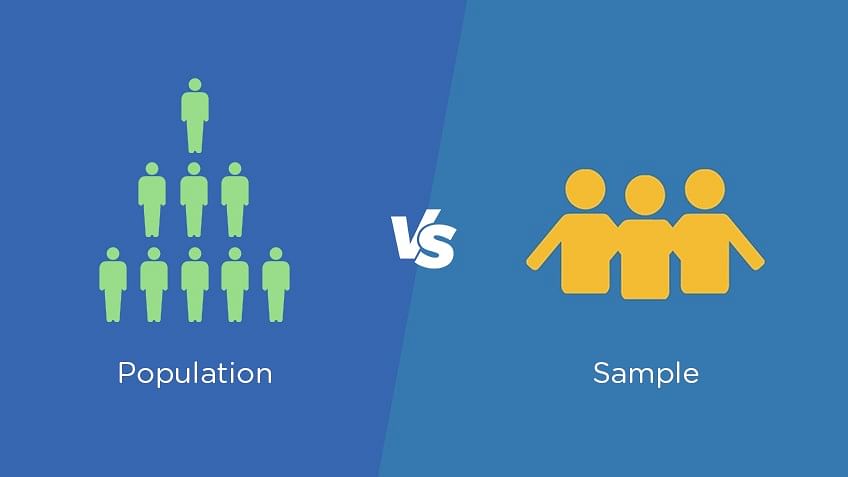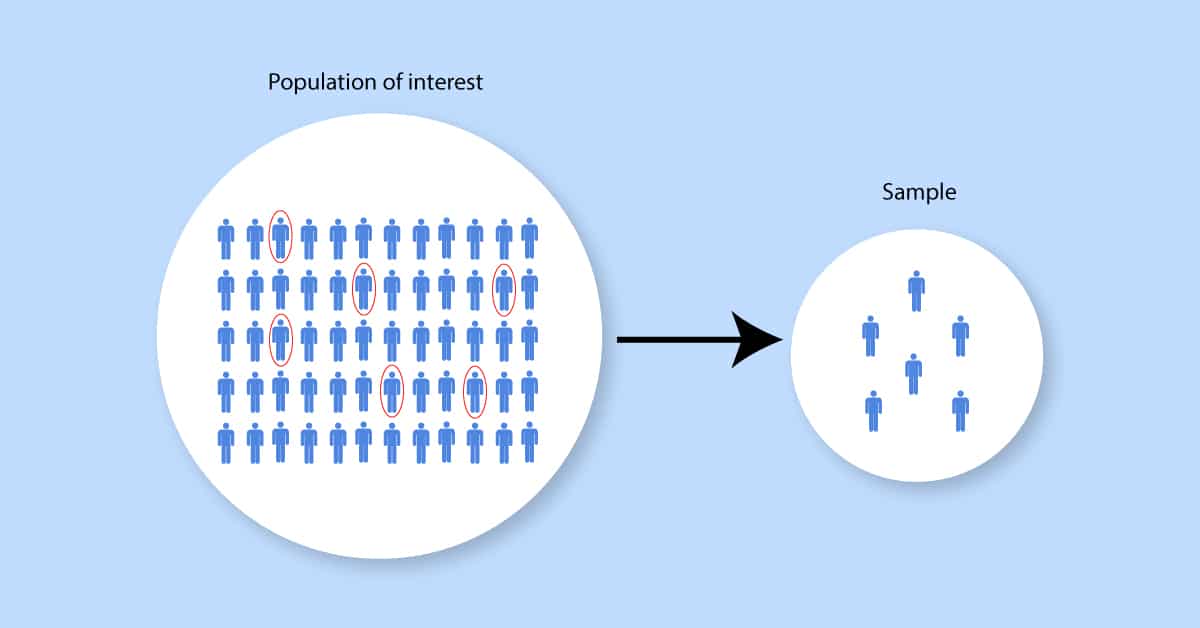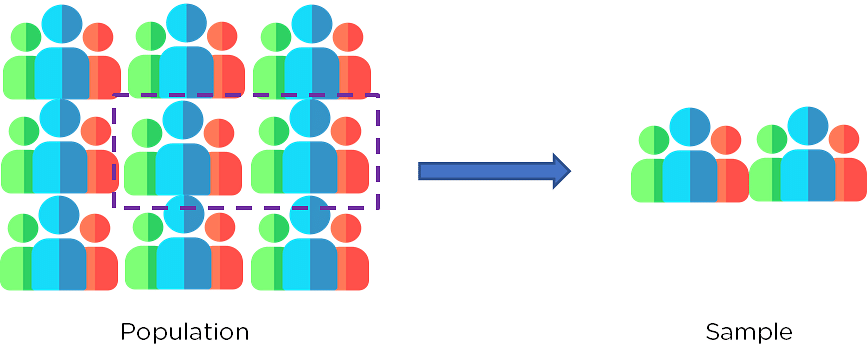How People Describe Population Using Sample
As Rohde et al1 describe it When genealogical ancestry is traced back beyond the universal ancestor more and more people in earlier generations become ancestors of the whole present-day population. The set of all stars within the Milky Way galaxy or a hypothetical and potentially infinite group of objects conceived as a generalization from experience eg.
In the image below the true.

. If you need a sample size n from a population of size x you should select every xn th individual for the sample. A statistical population can be a group of existing objects eg. The set of all possible hands in a game of poker.
At a certain point in history the identical ancestors point people can be divided into two groups. In 2016 an analysis of the geography of Welsh surnames commissioned by the Welsh Government found that 718000 people nearly 35 of the Welsh population have a family name of Welsh origin compared with 53 in the rest of the United Kingdom 47 in New Zealand 41 in Australia and 38 in the United States with an estimated 163. This data collected can be used to gather insight into the whole community.
A sample that is selected using the non-probability method is an accurate representation of the population. For example if you wanted a sample size of 100 from a population of 1000 select every 1000100 10 th member of the sampling frame. The intervals are chosen to ensure an adequate sample size.
For example if you are researching the opinions of students in your university you could survey a sample of 100 students. This table compares the UKs 55-year projected growth of the number of people over the age of 75 with that of the total population. Statistical sampling allows you to test a hypothesis about the characteristics of a population.
There are various sampling methods you can use to ensure that your sample is representative of the population as a whole. Inferential statistics is a process by which representative data is used to infer insights about the entire population. When using the simple random sampling researchers assign numbers to people in a certain population and use an automated device in order to randomly pick out numbers.
In statistics a population is a set of similar items or events which is of interest for some question or experiment. Either they are common ancestors of all present-day humans or their lineages. It is estimated that in the 20 years from 2015 the total population of the UK will grow by almost 10 million from 648 million in 2015 to 732 million in 2035.
The numbers picked out through the automated process will be the individuals to be included in the sample. Researchers may also use the lottery method which is randomly drawing. We therefore take samples from the population and the descriptive measures for a sample are referred to as sample statistics or simply statistics For example the mean diastolic blood pressure the mean body weight and the percentage of smokers in a sample from the population would be sample statistics.
The number of over 75s will also increase.

Population Of Interest How To Get The Most From It

Population Vs Sample Definitions And Differences Updated



0 Response to "How People Describe Population Using Sample"
Post a Comment